This is your brain on acupuncture
Scientists might not have figured out the mechanism behind acupuncture yet, but there’s one part of the body that they know is involved—and it’s kind of an important one: the brain.
As highlighted in this review article, eight recent studies showed that acupuncture at different acupuncture points could induce different activities of brain regions during a resting (as opposed to a task-performing) state.
What’s more, the functions of the brain regions that the acupuncture points activated were consistent with the functions of the acupuncture points as determined by the ancient Chinese. For example, the acupuncture point Tài Chōng (Great Rushing) activated the brain regions related to vision, association (of different pieces of information), and emotional cognition, and it is traditionally used for eye issues, difficulty planning, and irritability.
This acupuncture point, however, is located about as far from the brain as you can get on the body: It is located on the top of each foot. Also, the acupuncture channel it is part of isn’t the brain channel—there isn’t one of those. Tài Chōng is the third acupuncture point belonging to the Liver channel, sometimes abbreviated as LR-3.
Acupuncture not only works on your brain; it expands your mind. Or maybe it just explains things in a different way than you’re used to. After all, if we told you that the central nervous system, which consists of the brain and the spinal cord, is in constant communication with the peripheral nervous system in the rest of the body, you wouldn’t raise any eyebrows.
So there you have it: Science has finally shown what the ancient Chinese knew long ago.

